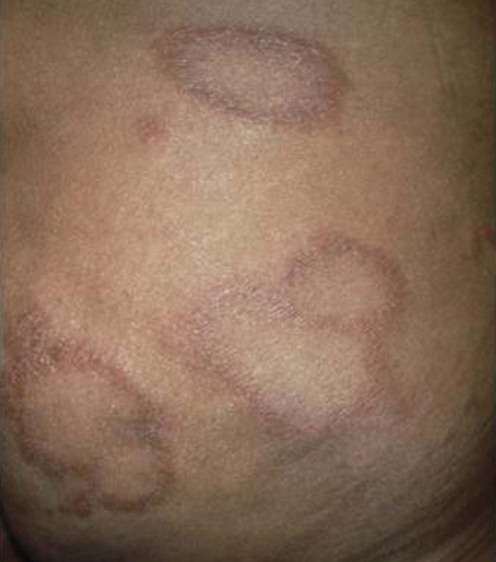 Minocycline, ofloxacin, levaquin, moxifloxocin, clarithyromycin Minocycline, ofloxacin, levaquin, moxifloxocin, clarithyromycin |
B |
 Cyclosporine (type 1 reversal reaction) Cyclosporine (type 1 reversal reaction) |
D |
 Methotrexate (type 1 reversal reaction and type 2 reaction) Methotrexate (type 1 reversal reaction and type 2 reaction) |
D, B |
 Azathioprine (type 2 reaction) Azathioprine (type 2 reaction) |
D |
 Infliximab (type 2 reaction) Infliximab (type 2 reaction) |
D |
 Etanercept (type 2 reaction) Etanercept (type 2 reaction) |
E |
 Tacrolimus ointment (type 1 reversal reaction) Tacrolimus ointment (type 1 reversal reaction) |
E |


